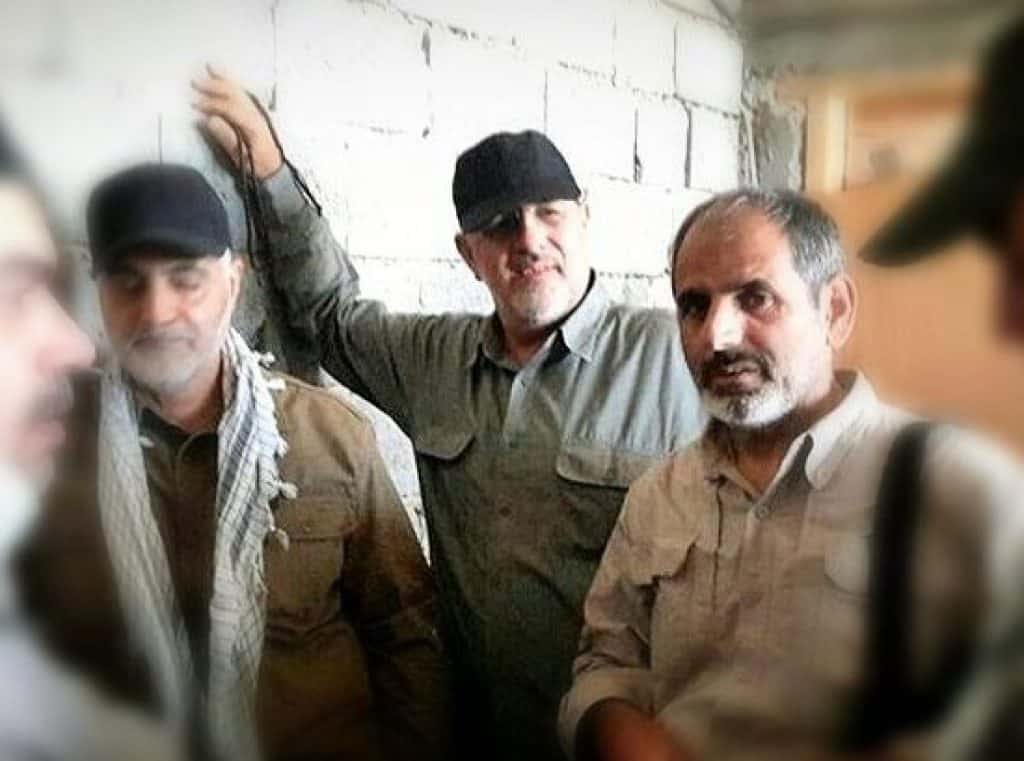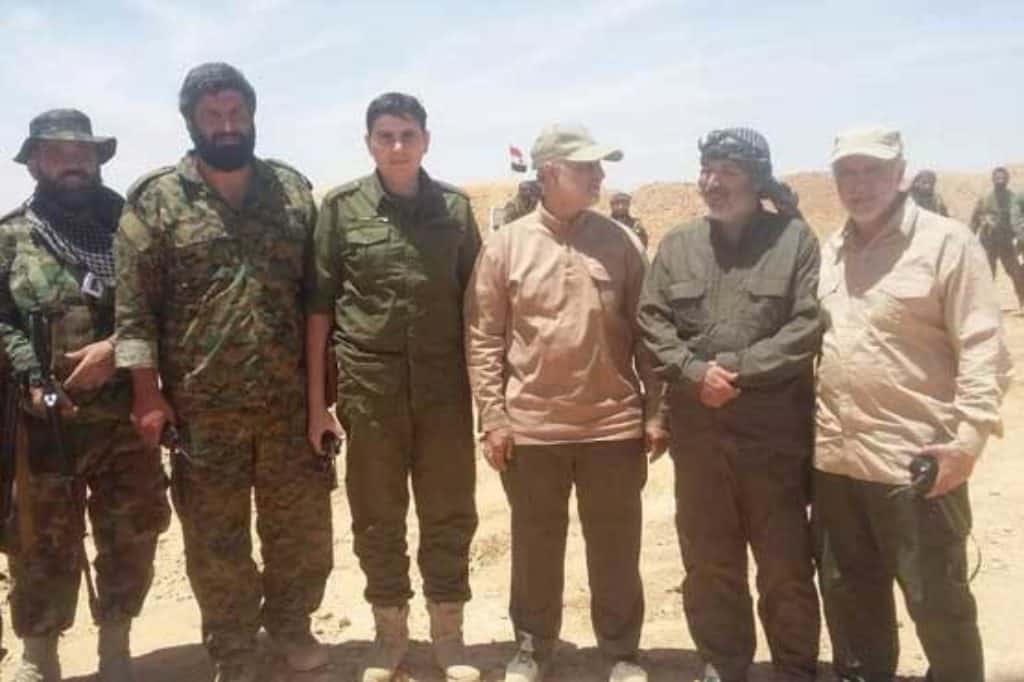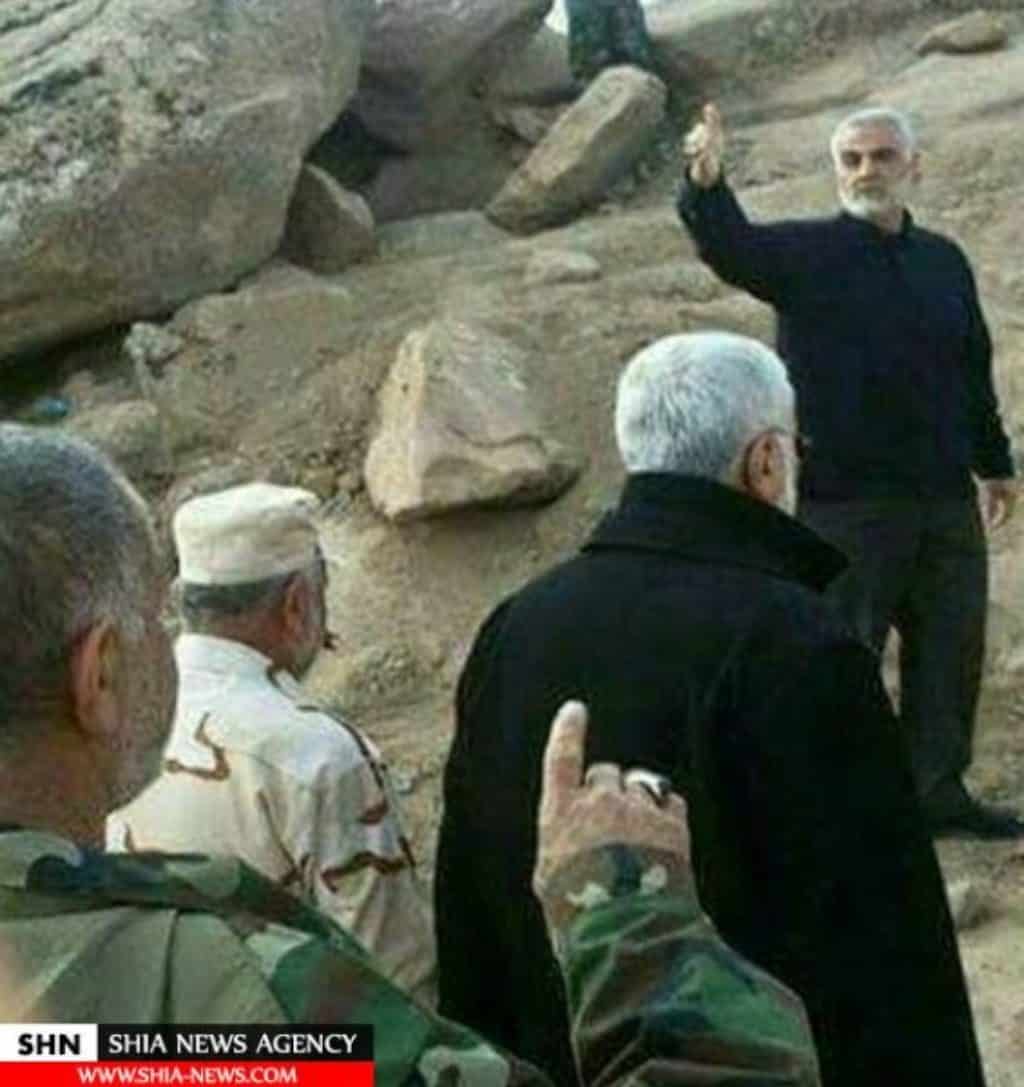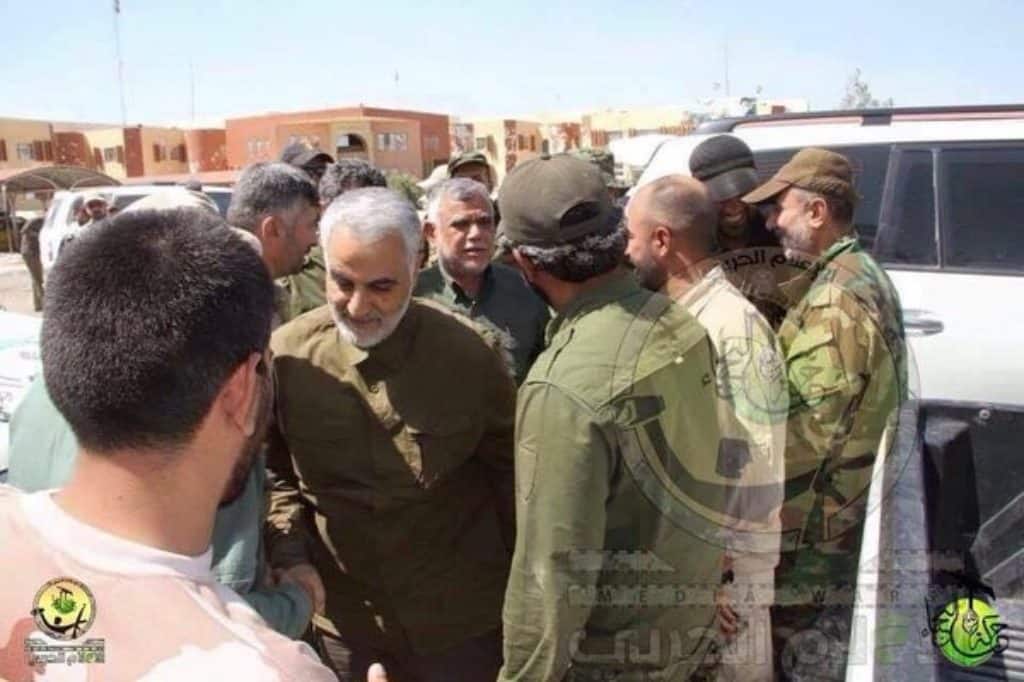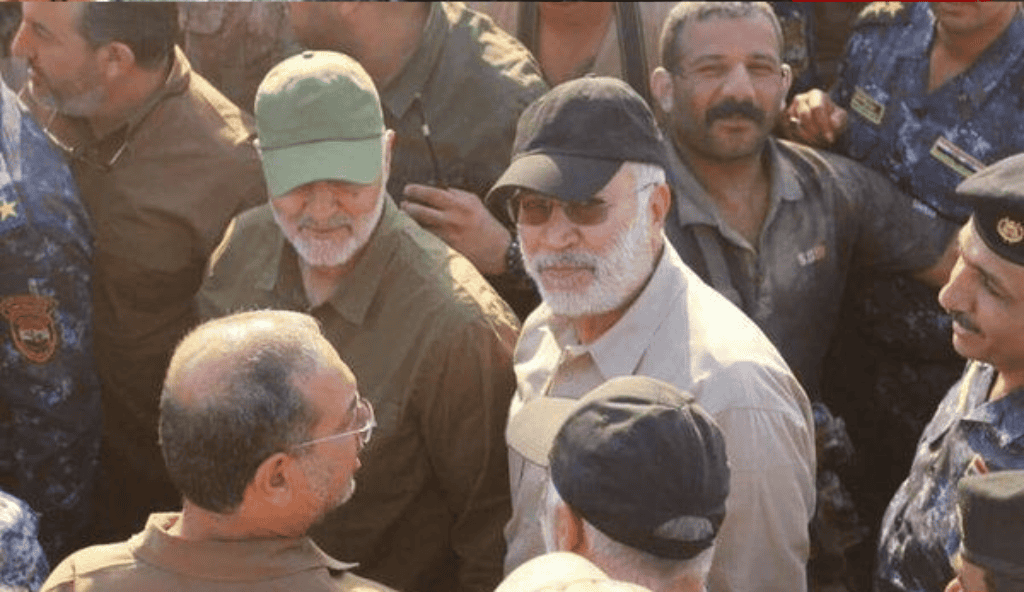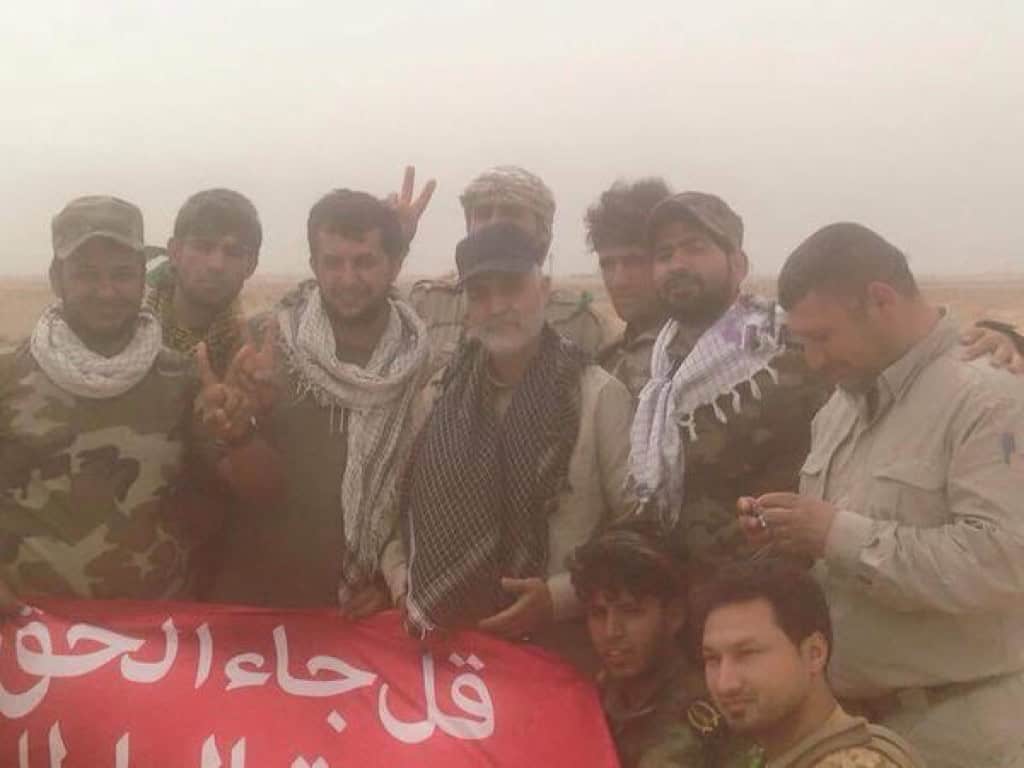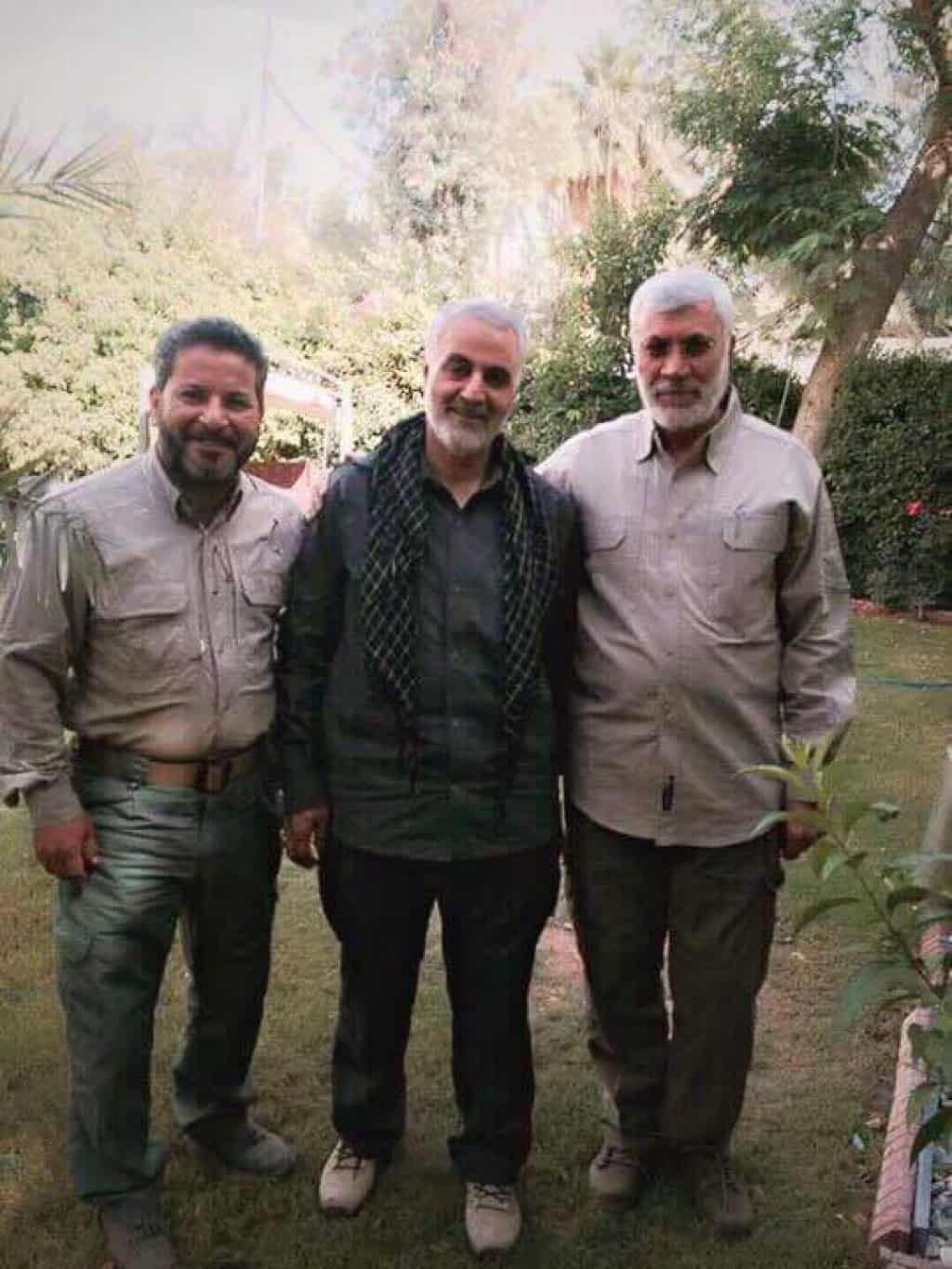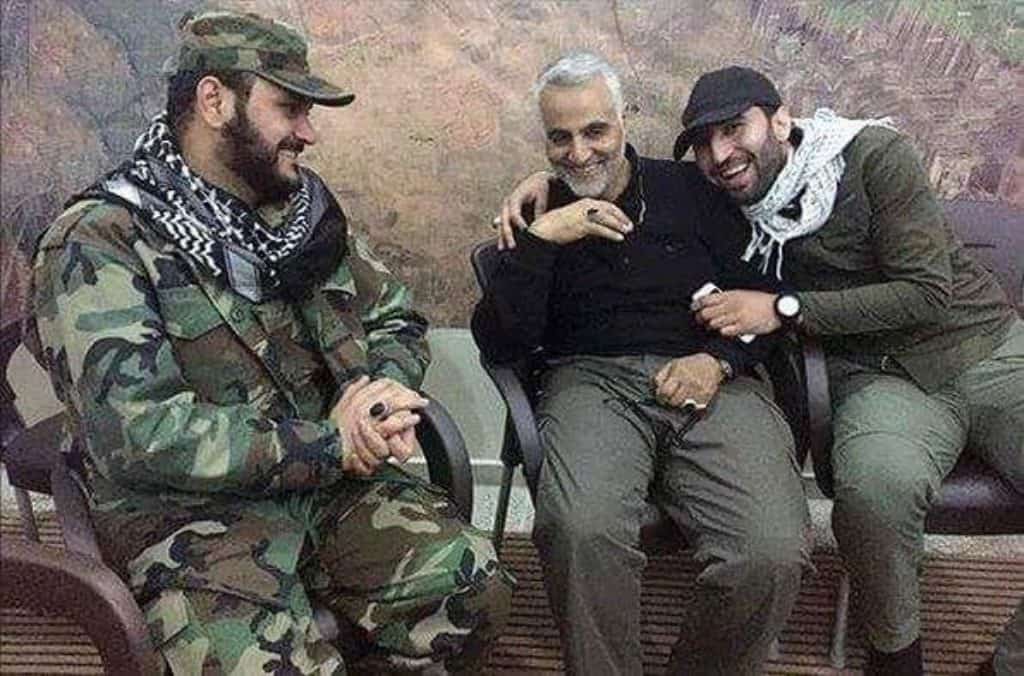
The US military’s ability to kill Qassem Soliemani, the commander of Iran’s Islamic Revolutionary Guards Corps – Qods Force, was the result of his complacency and carelessness while traveling to and from Iraq.
That’s because Soleimani became a public figure inside Iraq and acted as if he did not fear US action, US military officials familiar with his routine told FDD’s Long War Journal.
Soleimani was killed along with Abu Mahdi al Muhandis, the leader of the Hezbollah Brigades and deputy leader of Iraq’s Popular Mobilization Forces (PMF), and five others in a US military airstrike while traveling in a convoy from Baghdad International Airport last night. The Pentagon said that Soleimani “approved the attacks on the US Embassy in Baghdad” and was plotting further strikes against American interests in Iraq.
As the head of Qods Force, the special operations branch of the Islamic Revolutionary Guards Corps which directs insurgencies and terror operations outside of Iran, Soleimani had a significant amount of blood on his hands. His actions have put him in the crosshairs of multiple intelligence services.
In Iraq alone, Soleimani’s backing of Shia militias and death squads made him responsible for the deaths of more than 600 US soldiers and tens of thousands of Iraqi civilians, soldiers and police. His support of Hezbollah, Hamas, and Palestinian Islamic Jihad has enabled a perpetual war between Israel and Lebanon, and the Palestinians. Tens of thousands have died in those conflicts. In Yemen, Soleimani’s support of the Houthis has ensured the country has remained in a state of civil war. In Syria, Soleimani stood up Shiite militias, some from Iraq and Afghanistan, to battle the Islamic State and prop up the murderous Assad regime.
Despite his activities, Soleimani became “complacent” inside Iraq, a US military official told FDD’s Long War Journal. His outsized influence with many of Iraq’s political, military, and religious gave him a sense of importance and confidence. Sources said he felt he was “untouchable” as the “viceroy of Iraq.”
“He no longer feared us,” the military official who wished to remain anonymous said. “We designated him [as a terrorist] and listed Qods Force as a terrorist organization, yet we did nothing. Over time, he felt secure, he became complacent” while traveling in Iraq.
“More than a decade ago, Soleimani wouldn’t have flown into Baghdad International Airport,” another military official said. “He used to be more careful than that.”
Soleimani started to become careless after the US withdrew from Iraq, officials said, and particularly when he supported the Popular Mobilization Forces’ war against the Islamic State. The PMF is made up a Iraqi militias but is dominated by those backed by Soleimani and Iran. Muhandis, who was killed along with Soleimani, was the deputy head of the PMF and the leader of Hezbollah Brigades, a US-designated terrorist organization that is a key element of the PMF.
After Iraqi security forces collapsed in western, northern and central Iraq during the Islamic State’s onslaught culminating in the June 2014 takeover of Mosul, Soleimani and Iran capitalized on the situation. Soleimani, along with Muhandis and other key militia leaders, organized the PMF and took the fight to the Islamic State. The PMF spearheaded many operations to retake key Iraqi cities.
Soleimani became particularly emboldened when the US military ignored his growing influence and instead launched airstrikes against the Islamic State as the PMF and Iraqi forces went on the offensive.
The Qods Force leader soon began appearing in public while touring key battlefields. Soleimani would be photographed numerous times while meeting with PMF leaders and encouraging PMF fighters to take the battle to the Islamic State.
Yesterday’s strike ended more than a decade of frustration among many military officers and enlisted personnel.
“We often knew where he was and where he was going, we could track his movements at times,” a military officer said. “But we were never given the go ahead to take him out. Until now.”
Photographs of Qassem Soleimani touring battlefields in Iraq and Syria
